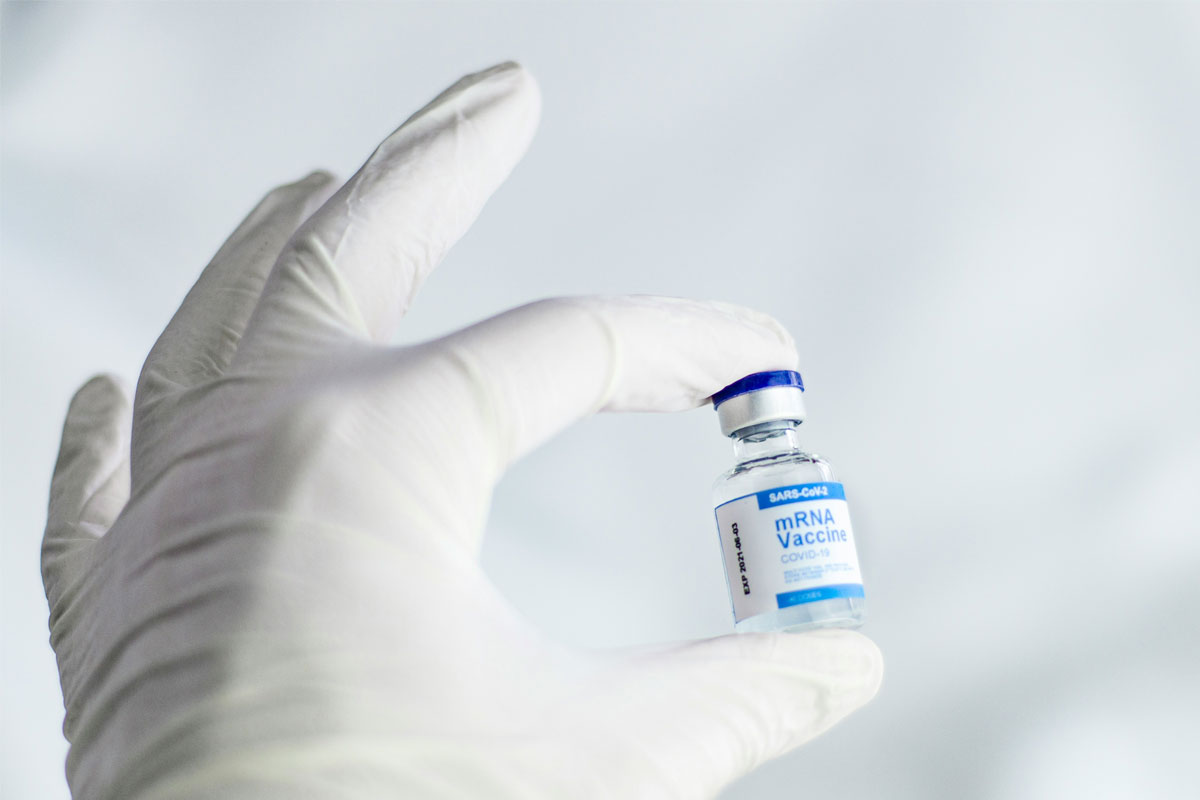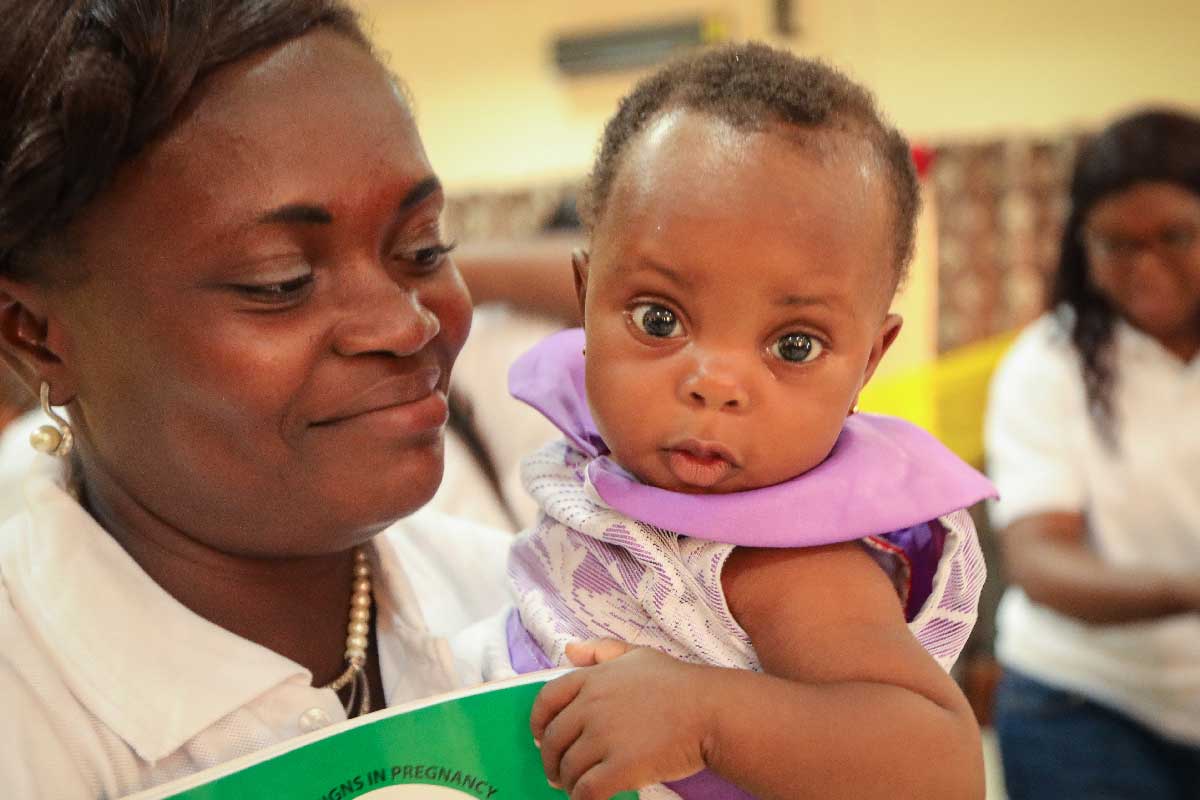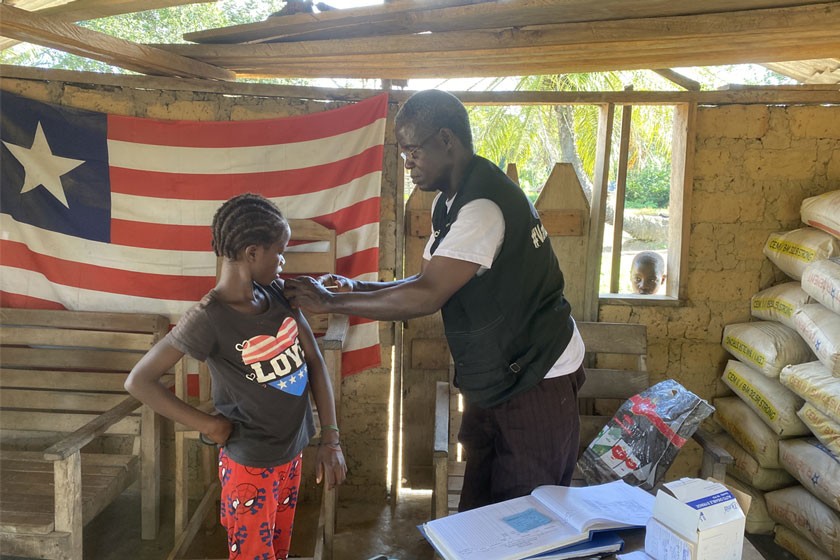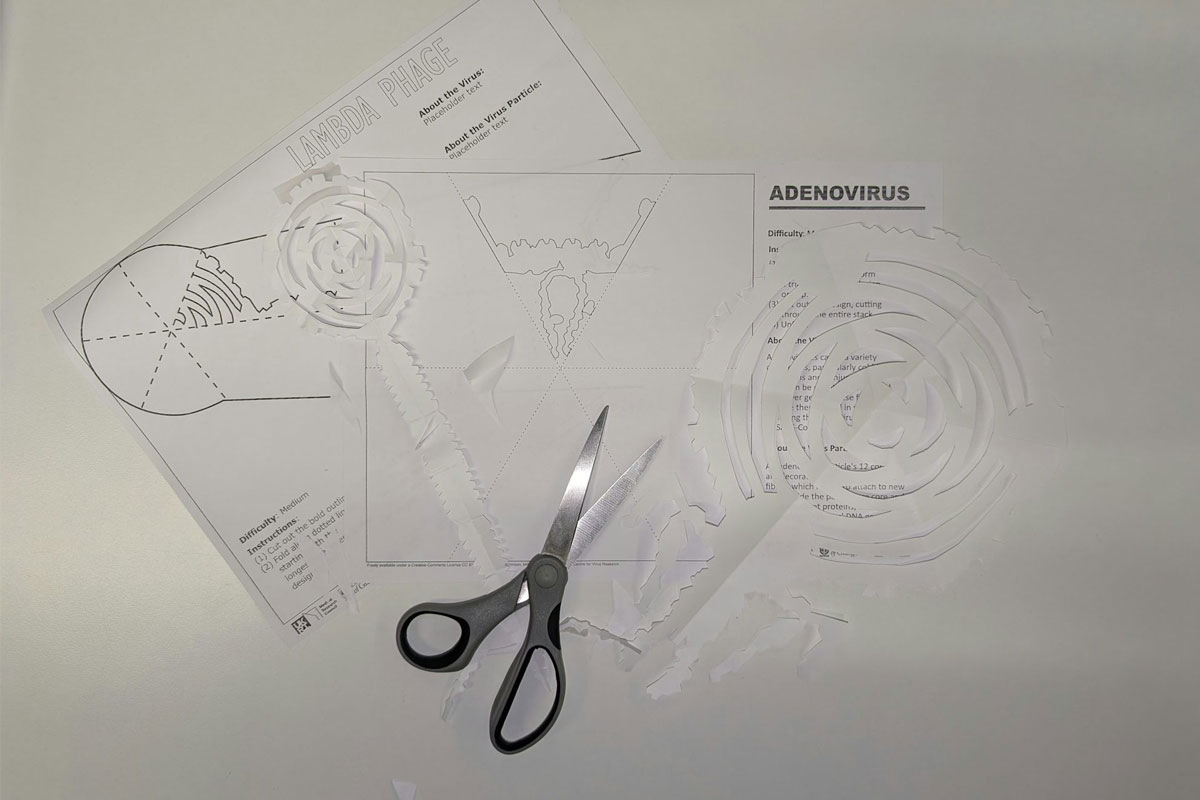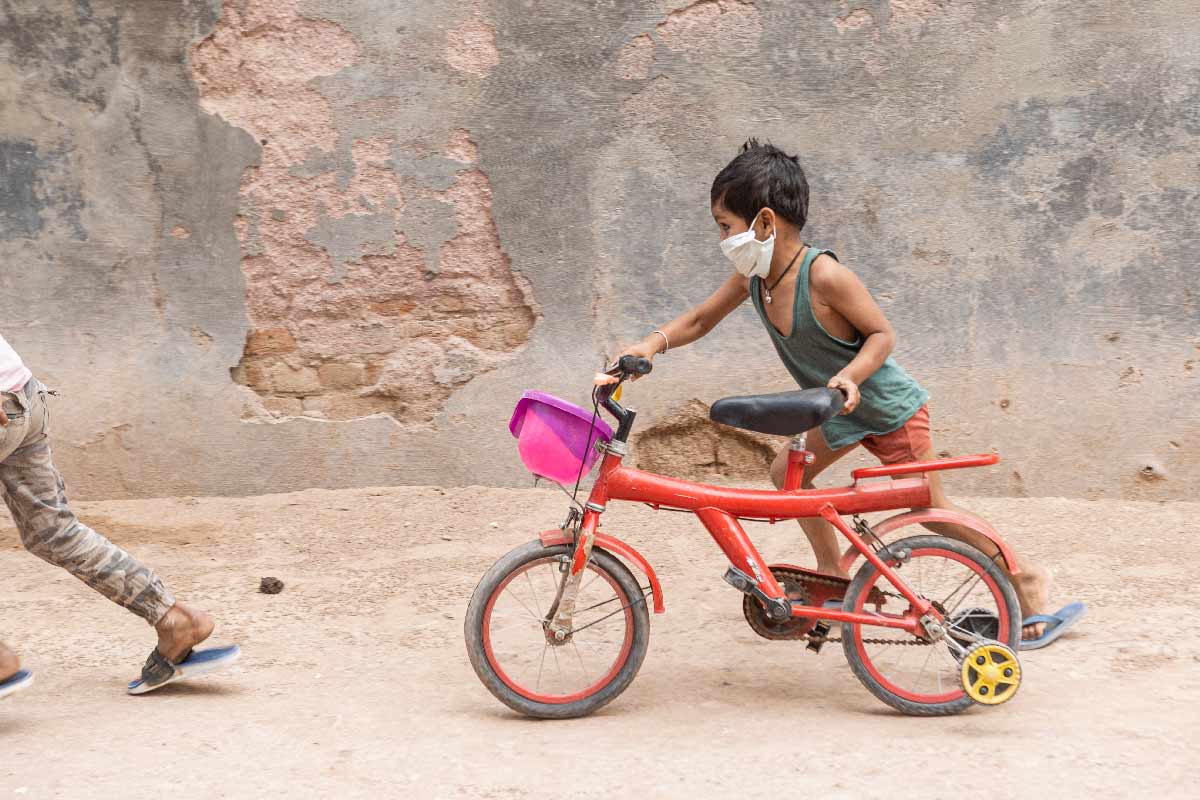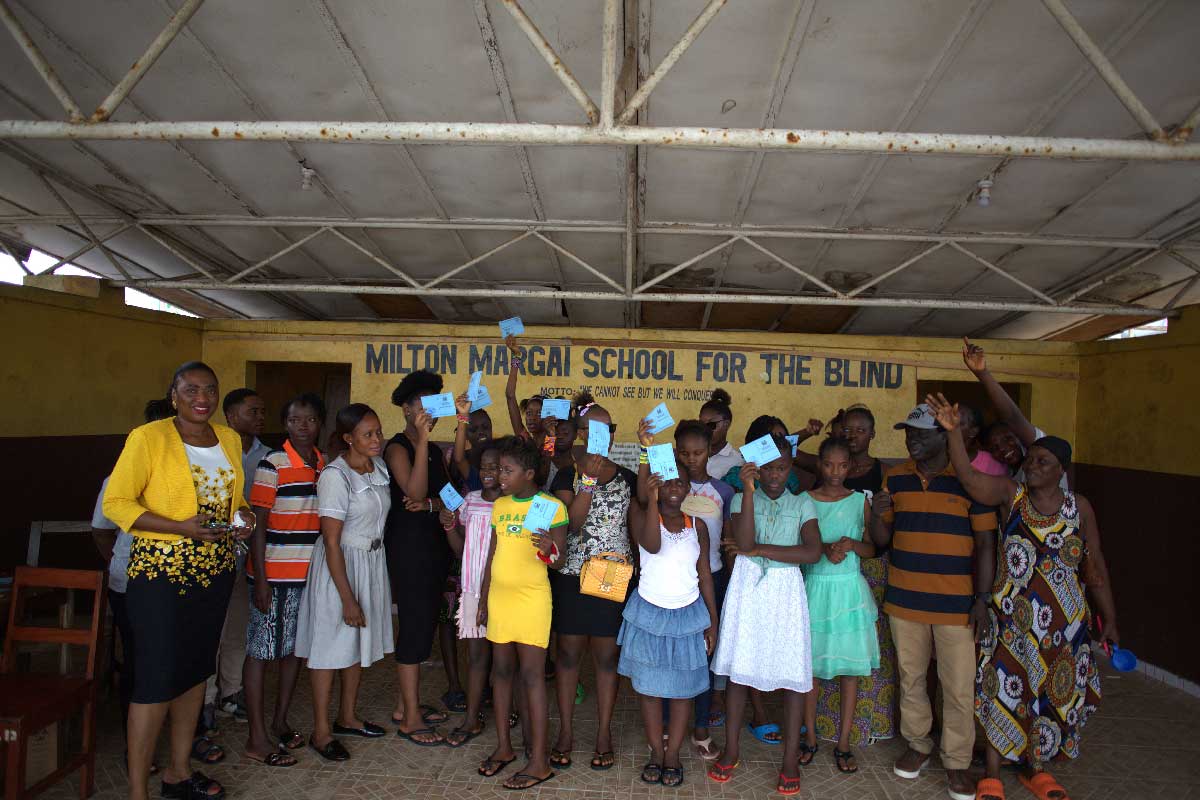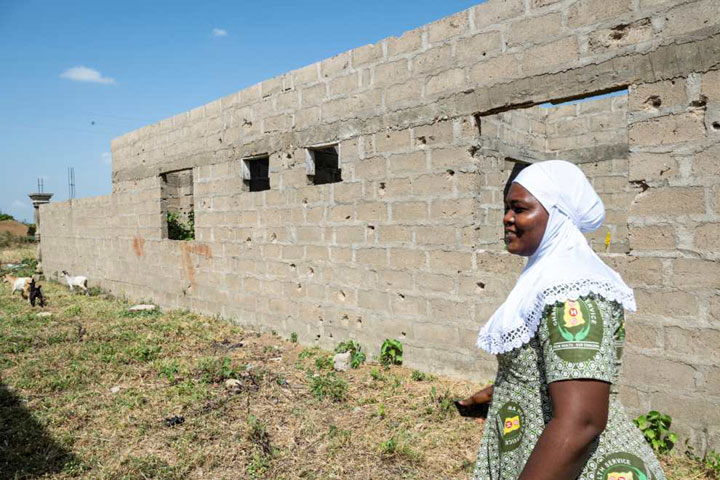More than 3 million children died from antimicrobial resistant infections in 2022
New data highlights the urgent need to address antimicrobial resistance (AMR) in children, as drugs of last resort are increasingly used to treat them.
- 14 April 2025
- 4 min read
- by Linda Geddes

More than 3 million children died from antimicrobial resistance (AMR)-related infections during 2022 – with drugs of last resort increasingly being deployed to fight such infections, new data suggests.
The study highlights the urgent need for global and regional strategies to control AMR in children – particularly in South-East Asia and Africa, where many of these infections occurred.
Although AMR threatens people of all ages, children and babies are particularly vulnerable because their immune systems are less mature, and access to new antibiotic formulations is often more limited for children because of delays in product development.
Emerging threat
To assess the current threat, Prof Joseph Harwell at Brown University’s Warren Alpert Medical School in Providence, US, and colleagues, analysed data from Pfizer’s Antimicrobial Testing Leadership and Surveillance (ATLAS) database, which monitors real-time changes in bacterial resistance patterns in 83 countries and the Institute for Health Metrics and Evaluation’s Global Burden of Disease Study.
With this they estimated AMR-associated deaths and antibiotic resistance according to clinical syndrome and geographic region.
The study found that in 2022 alone more than 752,000 children in Southeast Asia and 659,000 children in Africa died of AMR-associated complications.
Two-thirds of these children were being treated with so-called‘Watch’ and ‘Reserve’ antibiotics: drugs with a higher potential for the development of resistance, or last-resort treatments for severe, multidrug-resistant infections.
These drugs are not intended for first-line treatment, and the World Health Organization has recommended limiting their use to only those who need them to preserve their effectiveness and reduce the development of resistance.
Although AMR threatens people of all ages, children and babies are particularly vulnerable because their immune systems are less mature, and access to new antibiotic formulations is often more limited for children because of delays in product development.
Diminishing options
However, between 2019 and 2021, the use of Watch antibiotics increased by 160% in Southeast Asia and 126% in Africa, while the use of Reserve antibiotics rose by 45% and 125% respectively, during the same period.
“While the rise in use of Watch and Reserve antibiotics may be necessary in response to the concurrent rise in drug-resistant infections, the sharp rise in use of these drugs presents several serious long-term risks,” Harwell said.
“Their increased use, especially without careful oversight, elevates the risk of resistance and limits future treatment options. If bacteria develop resistance to these antibiotics, there will be few, if any, alternatives for treating multidrug-resistance infections.”
AMR is a particular threat in low- and middle-income countries, due to a combination of overcrowded hospitals, poor sanitation, weak infection prevention measures and a lack of diagnostic tests, which can lead to inappropriate use of antibiotics.
Many countries also lack effective national surveillance and antimicrobial stewardship programmes, making it harder to track resistance trends and establish effective treatment protocols.
Harwell said that growing resistance to Watch and Reserve antibiotics would ultimately lead to higher treatment failure with these drugs.
“Mortality rates, which are already alarmingly high, will continue to rise significantly, particularly in low- and middle-income countries where access to alternative treatments and advanced medical interventions may be limited,” he said.
“Addressing this issue requires urgent and coordinated action at both the regional and global levels. Global and national surveillance on AMR must adopt a ‘One Health’ approach, with cost-effective systems that can inform treatment guidelines and measure the impact of control interventions.”
Have you read?
At the regional level, Harwell called on policymakers to mandate hospital-based antimicrobial stewardship programmes in all paediatric healthcare facilities.
“Improved age classifications in surveillance data will also enhance our understanding of important differences in resistance rates across the age categories, as well as paediatric-specific resistance mechanisms. Additionally, we urge the implementation of national guidelines to ensure routine surveillance informs antibiotic use,” he said.
The research was presented at the European Society of Clinical Microbiology and Infectious Diseases (ESCMID) Global meeting in Vienna, Austria.
